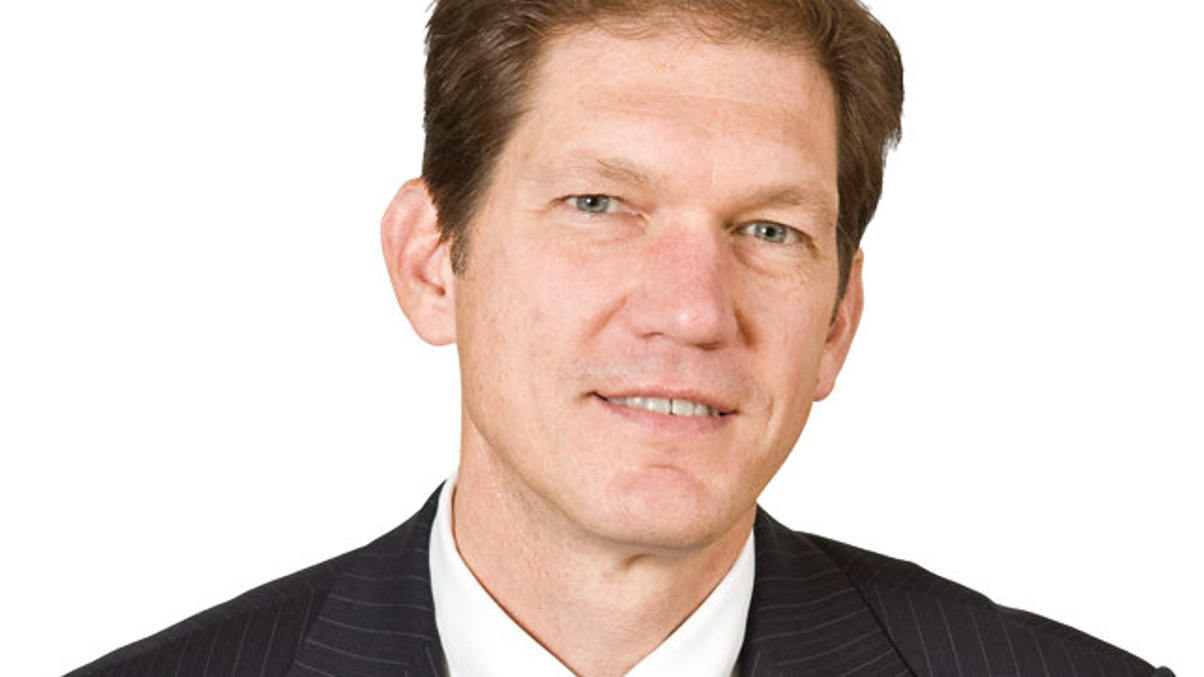BP crisis highlights issues with commodity-stock investing, says Threadneedle
Actively managing the underlying assets can sometimes be a better approach, says portfolio manager David Donora, who foresees a $1 trillion commodities market within 10 years.

Gold and oil have been high-profile news for very different reasons in recent months.
Sign In to Your Account
Access Exclusive AsianInvestor Content!
Please sign in to your subscription to unlock full access to our premium AI resources.
Free Registration & 7-Day Trial
Register now to enjoy a 7-day free trial—no registration fees required. Click the link to get started.
Note: This free trial is a one-time offer.
¬ Haymarket Media Limited. All rights reserved.


